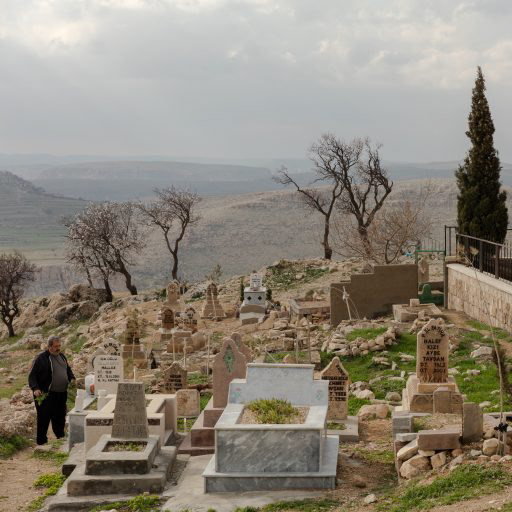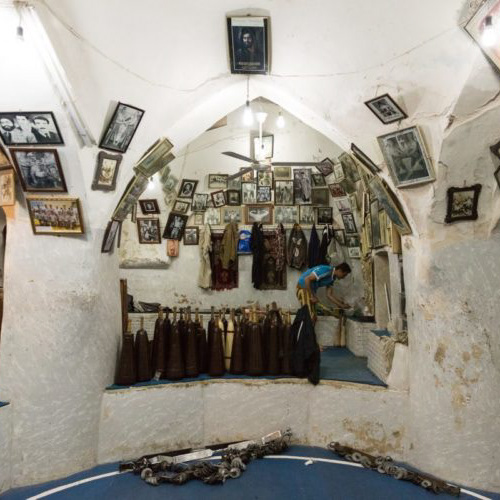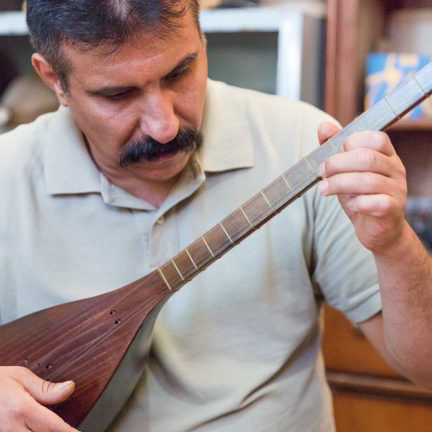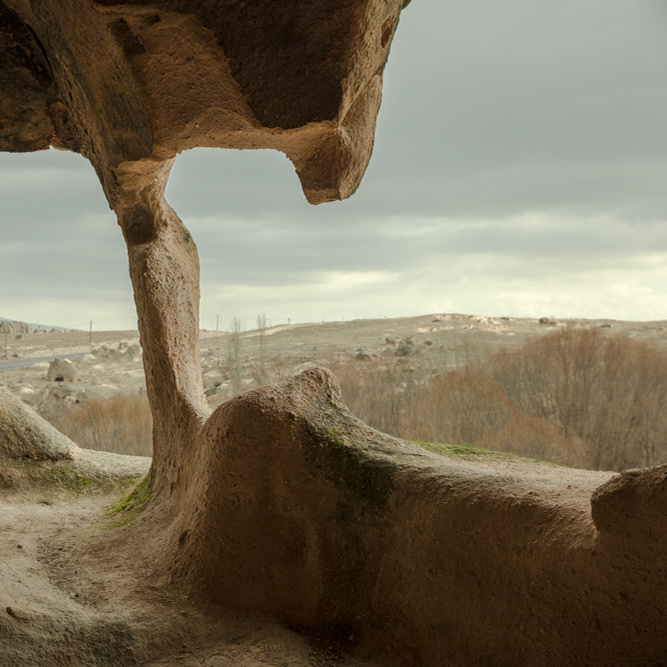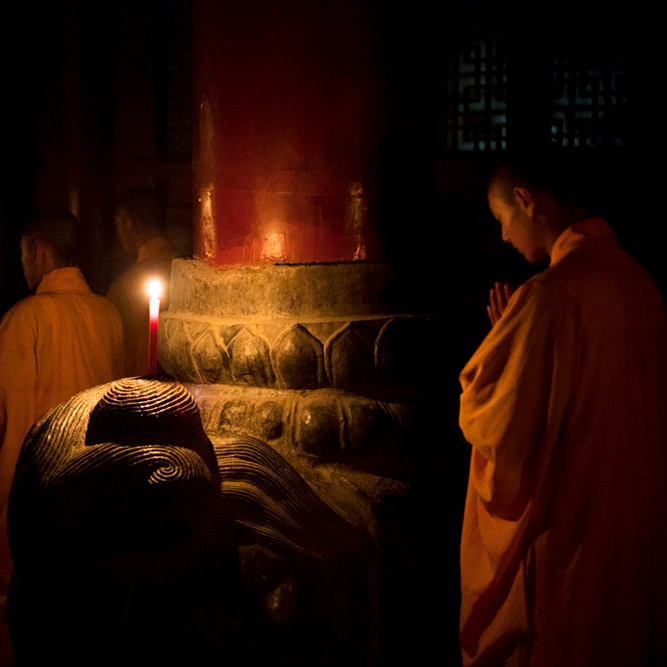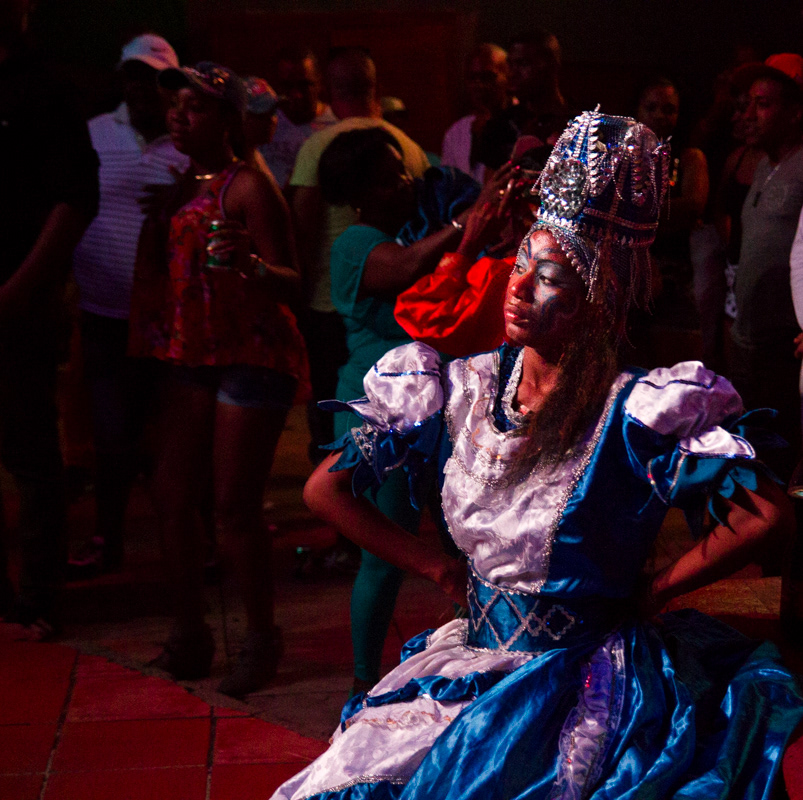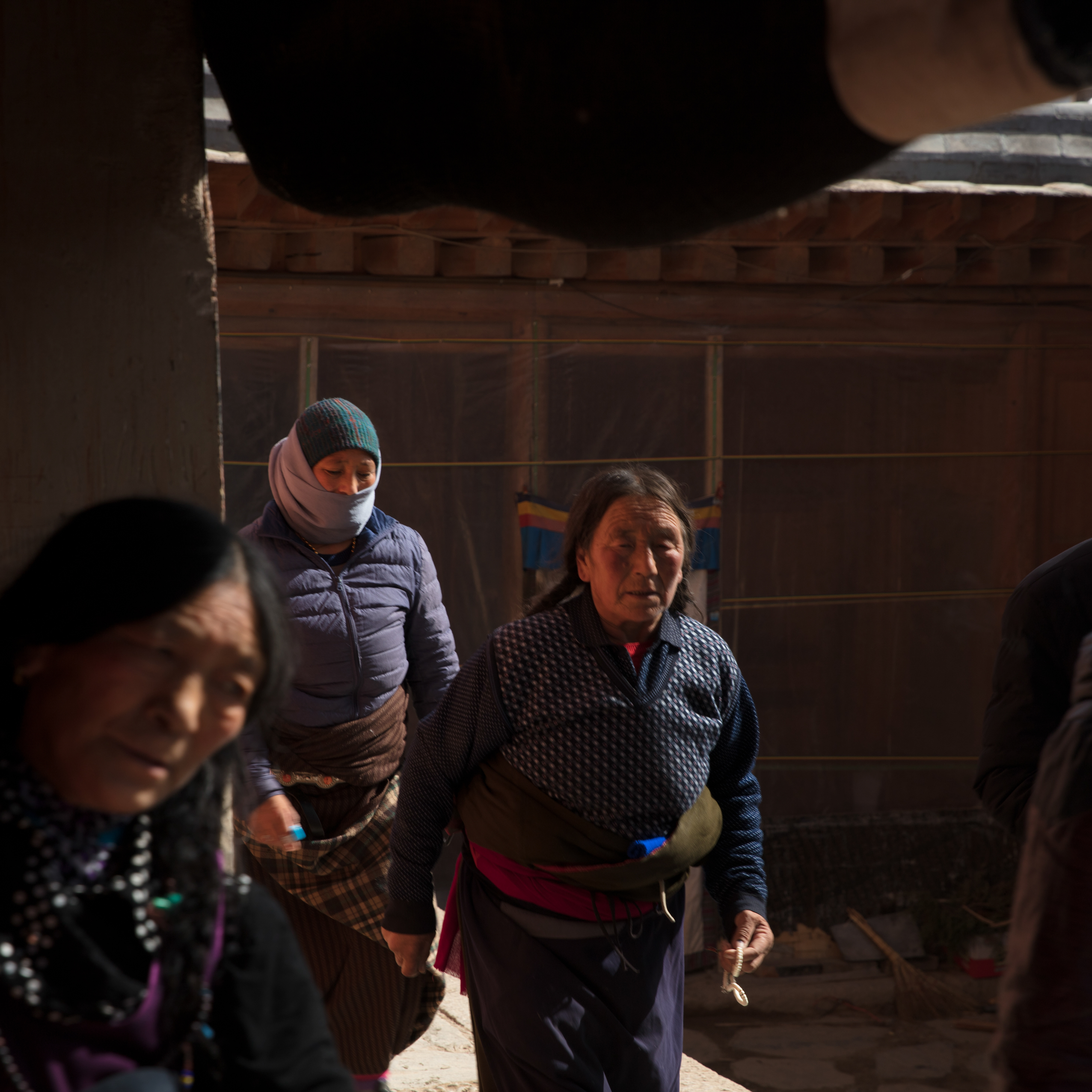A great egret fishing in a river of Lantau island. May 2011
A view from my bedroom, located on the 26th floor. From there you can understand the density of the population. December 2010
Mong Kok is the busiest district in the world with a population density of 130,000/km2. December 2010
Wan Chai district.
Sha Lo Tung. January 2011
Causeway Bay. December 2011
Repair shop.
Hong Kong city centre. August 2011
A Christmas party in the posh neighbourhood of Stanley in the south of Hong Kong island. Hong-Kongese people are trying to adopt a Westerner lifestyle to create a gap with Mainland Chinese. December 2010
An old man starting his day-to-day work. January 2012
A beggar in the very centre of Hong Kong island. August 2011
The Apple Centre in IFC mall. October 2011
A street market in Causeway Bay. June 2011
Street food. Causeway Bay. June 2011
Beijing ducks drying. January 2011
A Wednesday night at the Happy Valley horse racecourse. January 2012
A young man in the tramway in Wan Chai district. June 2011
Johnston Road in Wan Chai district was one block away from the sea until 1902. The coastline is now 1 km away from this point. June 2011
Chung Hom Kok beach. August 2011
A fisherman in Tai O village. May 2011
Tai O. May 2011
Two fisherwomen in Lamma island. April 2011
The Tai Hang Fire dragon dance is celebrated for three nights. According to local legend, the people of Tai Hang village miraculously stopped a plague with a fire dragon dance in the 19th century. Tai Hang is no longer a village, but its locals still recreate the fiery ancient ritual today with a whopping 300 performers, 72,000 incense sticks and a 67-metre dragon. September 2011
Be ready to shell as much as HKD650,000 for a burial spot in the region's soil. However, you still may be denied if the space is not available.
Incense stick rolls hung in a small Taoist temple in the Mid Levels, Hong Kong Island, December 2010.
Filipinos dancing in a park in the centre of Hong Kong. December 2010
A singer in the centre of Hong Kong. November 2010
A participant dressed as a Japanese animation character attending the Animation-Comic-Game annual fair in Hong Kong. He is posing with the ICC tower in the back. December 2010

